Stool Sample in Molecular Biology Research:
- Utility and Applications:
- Stool samples are increasingly utilized in animal molecular genetics, population ecology, behavioral ecology, and intestinal disease diagnosis.
- They contain gut microbial DNA, food residue sample DNA, and alimentary tract exfoliated cell DNA.
- Challenges:
- Low content of exfoliated cells in the digestive tract and degradation of genetic material pose primary challenges.
- Presence of inhibitors such as polysaccharides, bile acids, bile salts, bile pigments, digestive juices, and mucus can affect PCR-based molecular analysis.
Importance of DNA Extraction:
Critical Role:
- Selecting appropriate extraction methods is crucial for obtaining high-quality DNA and ensuring successful downstream detection of stool DNA.
HiPure Stool DNA Kit:
- Solution Provided:
- The HiPure Stool DNA Kit from Magen Company offers a promising solution.
- Features good universality, high cost-effectiveness, high yield, and purification.
- Unique Features:
- Utilizes a unique solution system and inhibitory factor adsorbent to efficiently remove various impurities in stool samples.
- The purified DNA can be directly used for PCR, quantitative PCR, und andere Anwendungen.
- Efficiency and Ease of Use:
- Enables rapid and reliable isolation of high-quality genomic DNA from various stool samples.
- Capable of processing up to 100 mg of stool samples within 60 Protokoll.
- Combines reversible nucleic acid binding properties with Spin-Säule Technologie, eliminating PCR inhibiting compounds.
- Suitable for PCR, Restriktionsverdauung, and next-generation sequencing applications.
- Sustainability and Scalability:
- Eliminates the need for organic extractions, reducing plastic waste and hands-on time.
- Allows multiple samples to be processed in parallel, enhancing efficiency.
Einzelheiten
Spezifikationen
| Merkmale | Spezifikationen |
| Hauptfunktionen | Isolation total DNA from 50-100mg stool samples |
| Anwendungen | PCR, Southern Blot, enzyme digestion and NGS, usw. |
| Reinigungsmethode | Mini-Spin-Säule |
| Reinigungstechnologie | Silica-Technologie |
| Prozessmethode | Handbuch (Zentrifugation oder Vakuum) |
| Beispielstyp | Stool |
| Probenmenge | 50-100mg |
| Ertrag | 3-15μg |
| Elutionsvolumen | ≥30μl |
| Zeit pro Lauf | ≤60 minutes |
| Flüssigkeitstransportvolumen pro Säule | 750μl |
| Bindungsausbeute der Säule | 100μg |
Prinzip
Stool DNA Extraction Process:
- Homogenization and Lysis:
- Stool sample is homogenized and treated in a specially formulated buffer containing detergent.
- This step effectively lyses bacteria, yeast, and fungal samples present in the stool.
- Contaminant Removal:
- Our proprietary Absorber Solution is used to remove humic acid, Proteine, polysaccharides, and other contaminants from the lysed sample.
- Binding and Washing:
- Adjusted binding conditions facilitate the attachment of DNA to a DNA Mini Column.
- Two rapid wash steps are performed to remove trace contaminants, ensuring purity of the DNA.
- Elution of Purified DNA:
- Pure DNA is eluted from the column in a low ionic strength buffer.
- The resulting purified DNA is ready for direct use in downstream applications without the need for further purification.
Vorteile
- Hohe Reinheit – unique adsorbent can completely remove inhibitory factors
- High concentration – maximum extraction of total DNA from stool samples
- High recovery – DNA can be recovered at the level of PG
- Good repeatability – silica technology can obtain ideal results every time
Inhalt des Kits
| Inhalt | D314102 | D314103 |
| Reinigungszeiten | 50 Vorbereitungen | 250 Vorbereitungen |
| HiPure DNA Mini Columns II | 50 | 250 |
| 2ml-Sammelröhrchen | 50 | 250 |
| 2ml Bead Tubes | 50 | 250 |
| Proteinase K | 24 mg | 120 mg |
| Protease-Auflösungspuffer | 1.8 ml | 10 ml |
| Buffer SPL | 40 ml | 200 ml |
| Buffer PCI | 40 ml | 200 ml |
| Puffer AL | 20 ml | 80 ml |
| Buffer GW1 | 22 ml | 88 ml |
| Puffer GW2 | 20 ml | 2 X 50 ml |
| Puffer AE | 15 ml | 30 ml |
Lagerung und Stabilität
Storage Instructions:
- Proteinase K and Buffer PCI:
- Upon arrival, store at 2-8°C.
- Short-term storage (bis zu 12 Wochen) bei Raumtemperatur (15-25°C) hat keinen Einfluss auf ihre Leistung.
- Remaining Kit Components:
- Store at room temperature (15-25°C).
- Stable for at least 18 Monate unter diesen Bedingungen.
- Entire Kit:
- Can be stored at 2–8°C.
- Buffers should be redissolved before use if stored at this temperature.
- Ensure all buffers are at room temperature when used.

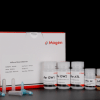
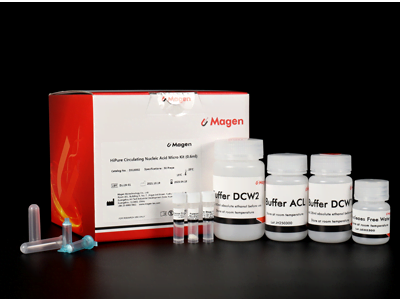
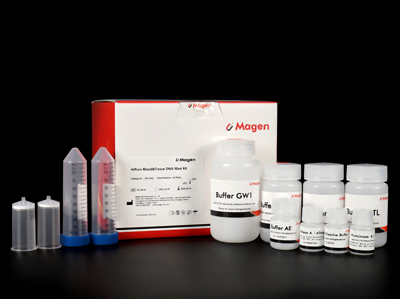
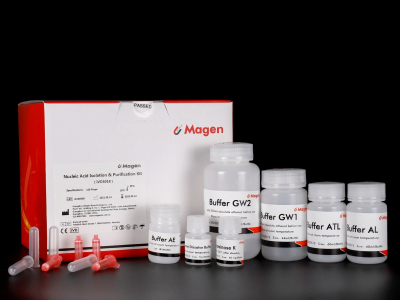
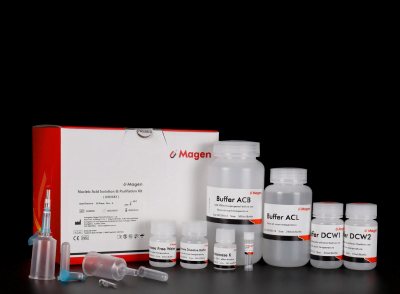
Bewertungen
Es gibt noch keine Bewertungen.